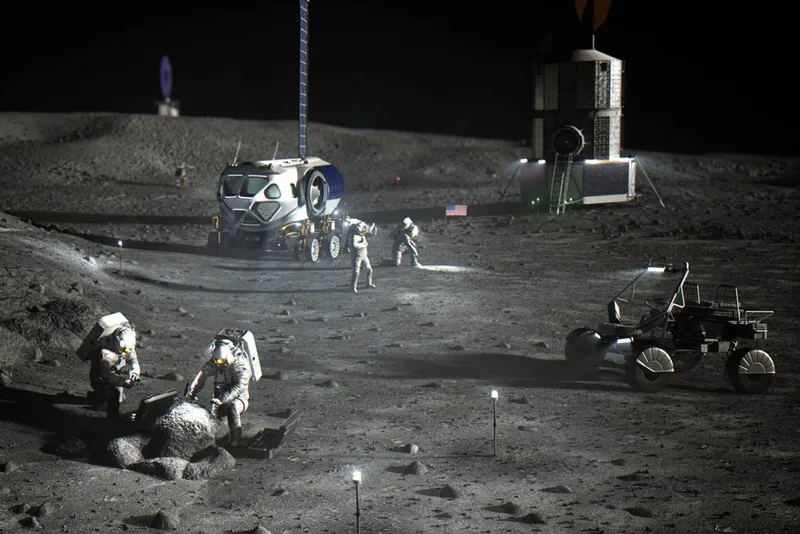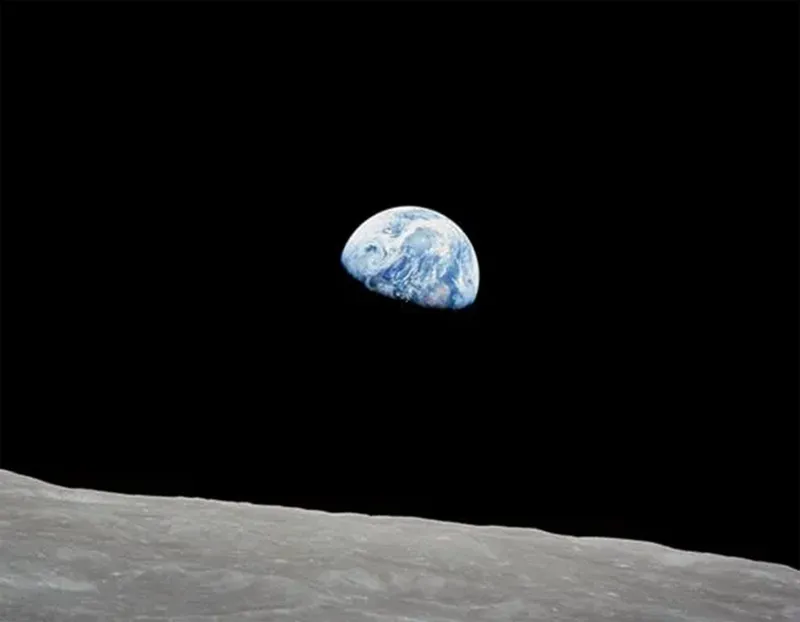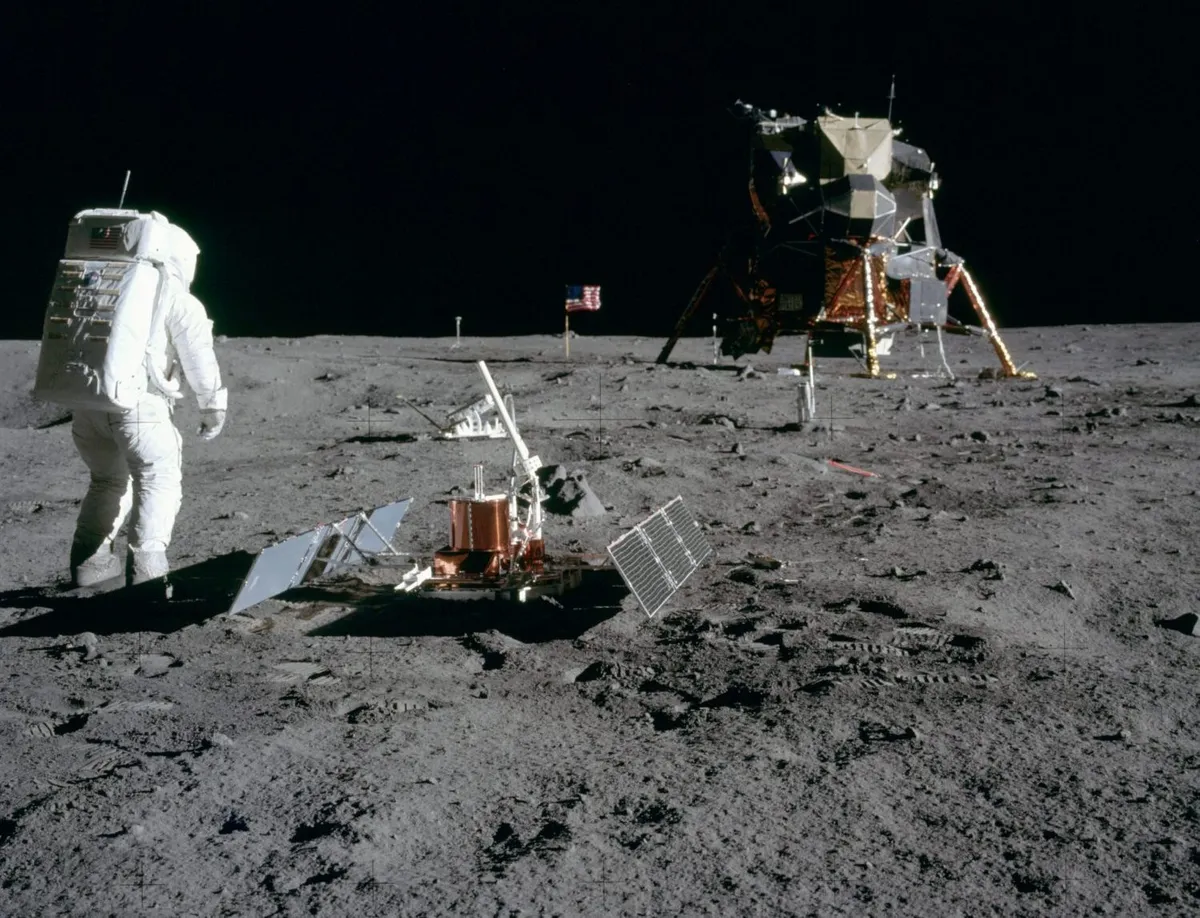It may not be long before lunar tourism is fully established and more affluent travellers are holidaying in the Sea of Tranquility, so assuming walking tours on the Moon become popular, how long would it take to walk around the Moon?
If we are to plan our lunar walking holiday, we'll need to know how long it takes to walk around the Moon, and how long it would take to walk around some of its best-known features.
But first, a few Moon facts so that we can show our working!

The Moon's distance, orbit, size and circumference
The Moon is our nearest celestial neighbour and the brightest object we can see in the night sky.
It lies at an average distance from Earth of 238,000 miles (383,500 km).
The Moon has an elliptical orbit so its distance from Earth varies depending on its position along its orbital path.
The eccentricity of the Moon’s orbit also determines how close it is to us.
At its closest point, perigee, the Moon is 225,623 miles (363,104 km) from Earth and its furthest point, apogee, 252,088 miles (405,696 km) away.
The Moon's mean radius is 1,079.6 miles (1,737.5 km) and its mean diameter is 2,159.2 miles (3,475 km).
The Moon is much smaller than Earth with an equatorial circumference of 6,783.5 miles (10,917 km), compared to Earth’s 24,901 miles (40,075 km), which is around one quarter of the size.
How long to get to the Moon

For someone to travel around the Moon, they first must get there. The average time to get to the Moon is around three days but various factors must be considered such as type of propulsion used, if the space craft is crewed or uncrewed and whether the aim is to land, orbit or fly by.
When Apollo 8 blasted off from the Kennedy Space Centre to the Moon in 1968, the journey took approximately two days, twenty-one hours, and eight minutes.
This was a journey of many firsts. It was the first crewed mission consisting of Frank Borman, James Lovell, and William Anders to leave low Earth orbit, the first crewed Saturn V rocket and first crew to orbit our natural satellite.
The crew orbited the Moon ten times without landing, each orbit taking around two hours. It was on this mission that Anders took the famous Earthrise photograph.
How long to walk around the Moon
If an astronaut landed on the Moon and considered walking its circumference, they must be prepared for a long, arduous journey ahead.
Low gravity and a spacesuit would certainly hinder their efforts.
Apollo astronauts walked at a speed of 2.2km/h on the Moon. If someone were to walk the circumference of the Moon, it would take around 206 days.
In 2014, a study conducted by NASA showed that if spacesuits were more flexible, astronauts could achieve a walking speed of 5km/h thus cutting their journey around the Moon down to 90 days.
These times don’t consider lunar landscape, temperature, radiation, or availability of resources such as water and oxygen so in reality, the journey would take a lot longer.
Walking a lunar crater or sea

Perhaps walking the circumference of the Moon is too big a task. There are plenty of craters, mountains and lunar maria to stroll around.
One of the most well-known craters is Copernicus in Oceanus Procellarum, with a diameter of 93km.
Assuming the astronaut was walking at 5km/h, it would take around 18 hours to traverse the hexagonal rim of Crater Copernicus.
Perhaps the Sea of Tranquillity to visit the famous Apollo 11 landing site is an appealing destination. With a diameter of 876km, an astronaut could easily spend a 7-day walking holiday here.
If driving around the Moon sounds easier, there would be similar risks to consider, but journey time would be much quicker.
An astronaut driving at 95km/h would complete the circumference of the Moon in about four days, but they would have to take a spare tyre or two!
